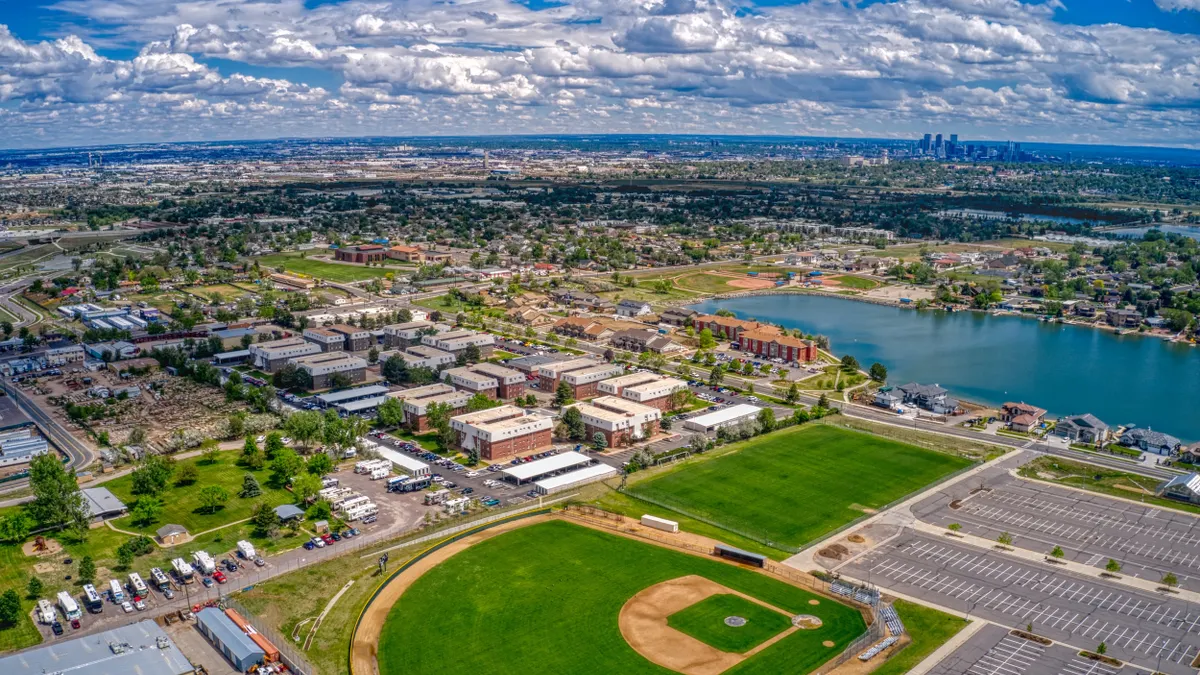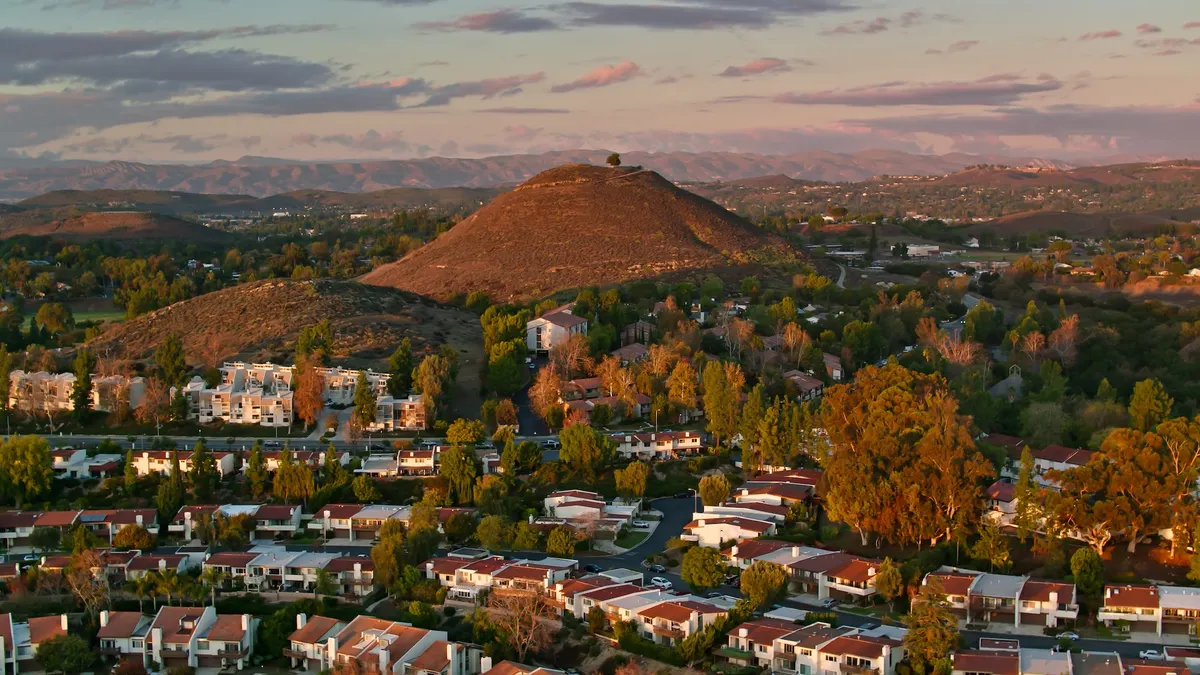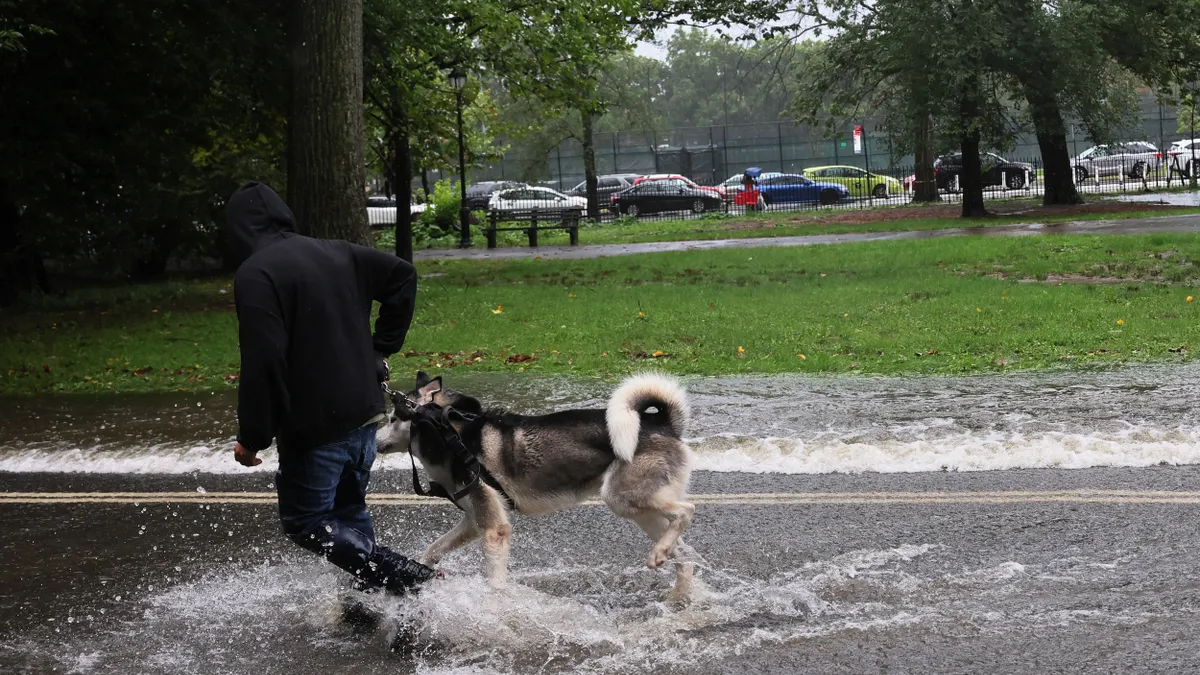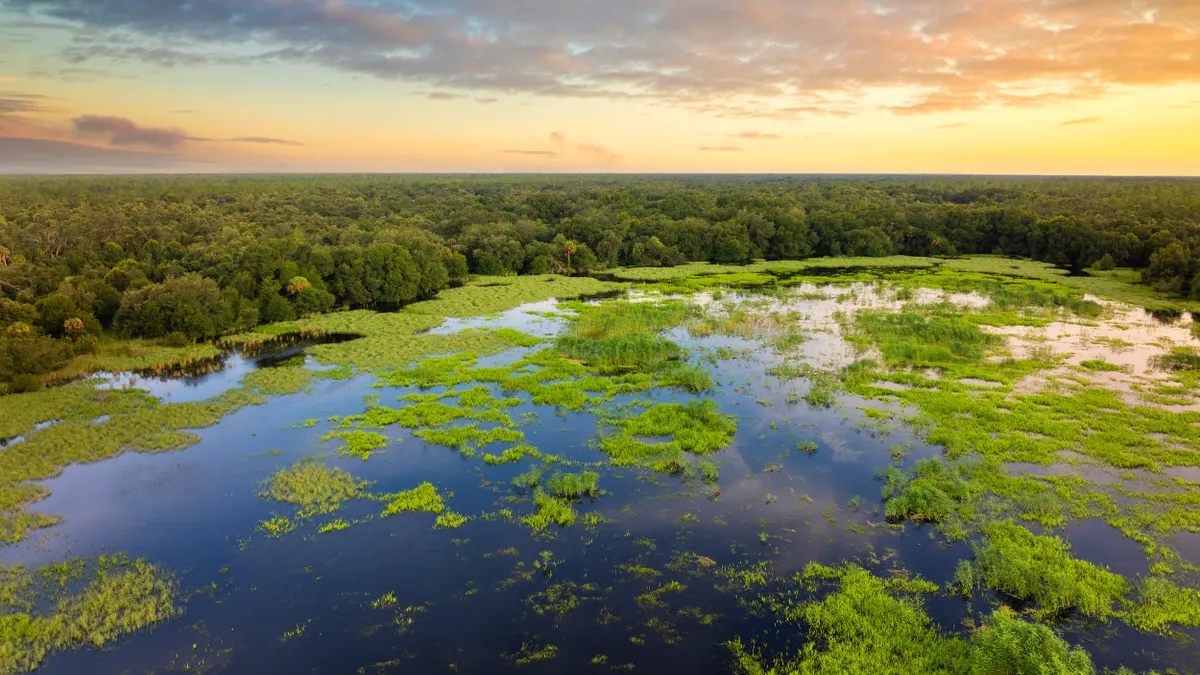Local officials’ preparation for the catastrophic flooding in Kerr County, Texas, will continue to be dissected and criticized for some time to come. Local officials were aware of the threat, with county officials reporting to the Federal Emergency Management Agency in October that it was likely to experience a flood event in the next year. Yet no preventive action was taken and no warning systems were in place when the Guadalupe River started rising on July 4.
On July 9, Gov. Greg Abbott added discussion of flood warning systems, flood emergency communications and natural disaster preparation and recovery to the agenda for a special session of the Texas Legislature that is slated to convene on July 21.
Now is the time for state and local officials to start taking steps to prevent another deadly event in Texas Hill Country, according to Meg Galloway, senior policy advisor for the Association of State Floodplain Managers.
The tragedy in Kerr County should also be a wake-up call for other cities and counties around the country, she said. Galloway outlined five key areas emergency managers and local leaders should be addressing to prevent flooding from becoming deadly.
Step one: Understand the risks
Before they do anything else, local governments need to have “a very good picture of the area at risk and the population at risk,” Galloway said.
FEMA provides detailed flood plain maps based on survey work and modeling, but these are primarily used for regulation, “telling people what they can and cannot do with their property,” Galloway said. “They’re useful in informing people where the flood risk occurs, but they’re also done only to a certain level of rainfall and runoff,” she said. “They focus on the 100-year event.”
First Street Foundation’s proprietary maps are one tool that can be used to inform risk planning procedures, Galloway said. They use automated mapping techniques and AI to create maps that are coarser in scale but provide a comprehensive view of the entire country, she added.
“They’re wonderful for planning,” Galloway said. “A large-scale map that covers everything in the country or everything in the state can certainly identify a larger range of events and where your hotspots are to help you set priorities.”
Step two: Set standards
The American Society of Civil Engineers has established minimum requirements for building structures in flood hazard areas and flood plain management regulations, a standard that “represents an opportunity for communities to adopt a new national standard that has been through a rigorous consensus process.” The standards were updated last year to include the 500-year flood plain and factor in climate change considerations such as sea level change.
The association periodically surveys all state flood plain management programs in the U.S. to assess flood plain management standards and practices, Galloway said. The last survey, conducted in 2017, found that over 60% of the U.S. population lives in a community that has set standards above the minimum FEMA elevation, she said.
According to a recent Pew Research survey, 77% of U.S. adults support stricter building codes in areas at risk of extreme weather events.
Step three: Identify funding
In the aftermath of the deadly floods, Kerrville County has come under fire for not funding a $1 million flood warning system that could have alerted people to the imminent catastrophe. Galloway said this is not uncommon.
“Very often, funding comes in the door for one purpose, and then in the present, that doesn’t look nearly as pressing as something else,” she said.
As the Trump administration targets federal disaster funding, including FEMA’s Building Resilient Infrastructure and Communities grants that helped local communities reduce climate-related hazards and prepare for natural disasters, local governments need to be persistent and creative in pursuing alternative funding sources, Galloway said.
One solution is to pair up with nearby communities to realize economies of scale and share costs, Galloway said. “I have seen small communities just be very dogged about looking into every possible avenue.”
Step four: Implement preventive measures
Building codes and land use planning — crucial steps in protecting communities from flooding — must be constantly examined and updated as areas develop, Galloway said.
In the Midwest, for example, corn fields on the outskirts of larger cities are being turned into subdivisions. What was once a trickle through a corn field becomes much more hazardous once roads, sidewalks and roofs are added to the equation, she said.
“These aren’t necessarily a priority for FEMA’s detailed mapping,” Galloway said, “and the old maps probably aren’t quite as valid.”
Step five: Build relationships
Flood plain managers need to have good relationships and communication with emergency managers in their own and adjacent jurisdictions well before disaster strikes, Galloway said.
“As a local official, you should know everyone up the level, because if your jurisdiction is getting overwhelmed, you’re going to have to look up that chain,” she said. “Emergency response works on relationships.”
This includes National Weather Service personnel, Galloway said, though in the wake of staffing cuts, “it’s very hard for local people right now to know who within National Weather Service is truly available.”
“Planning is a big thing,” Galloway said. “But you can write a plan, and if you don’t review it, if you don’t exercise it, if you don’t talk with the other people in the plan, when an emergency comes, things may not go so well.
Correction: This article was updated to indicate that the American Society of Civil Engineers established minimum requirements for building structures in flood hazard areas and flood plain management regulations.





















